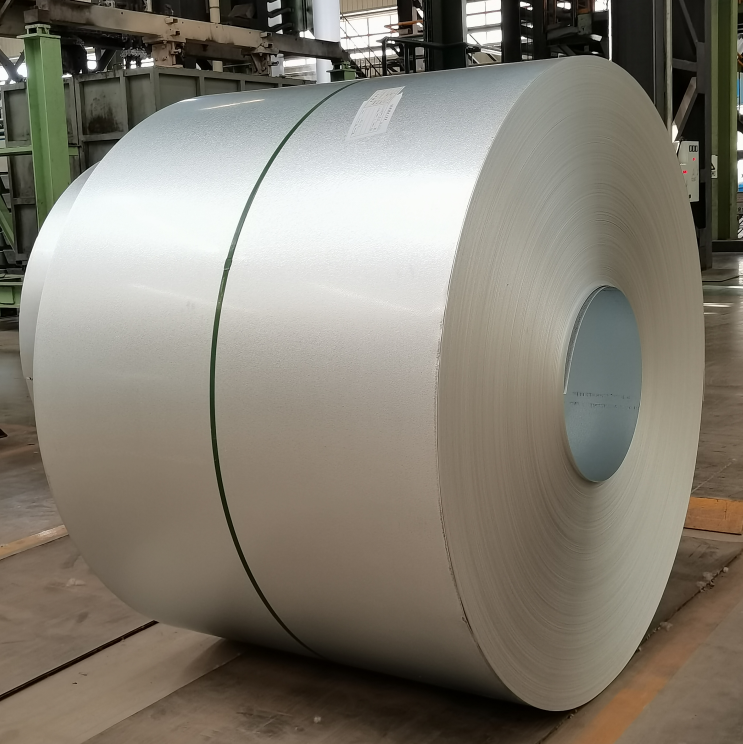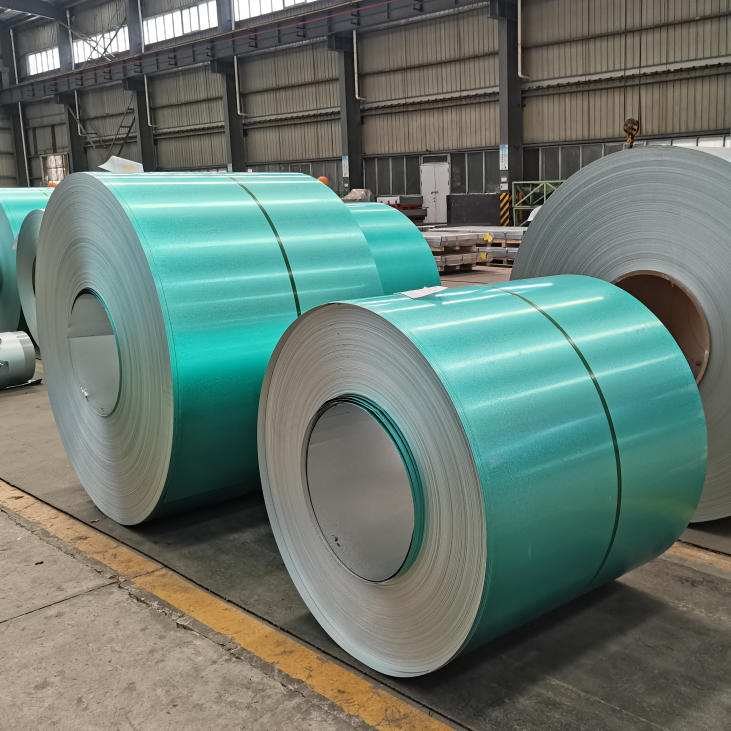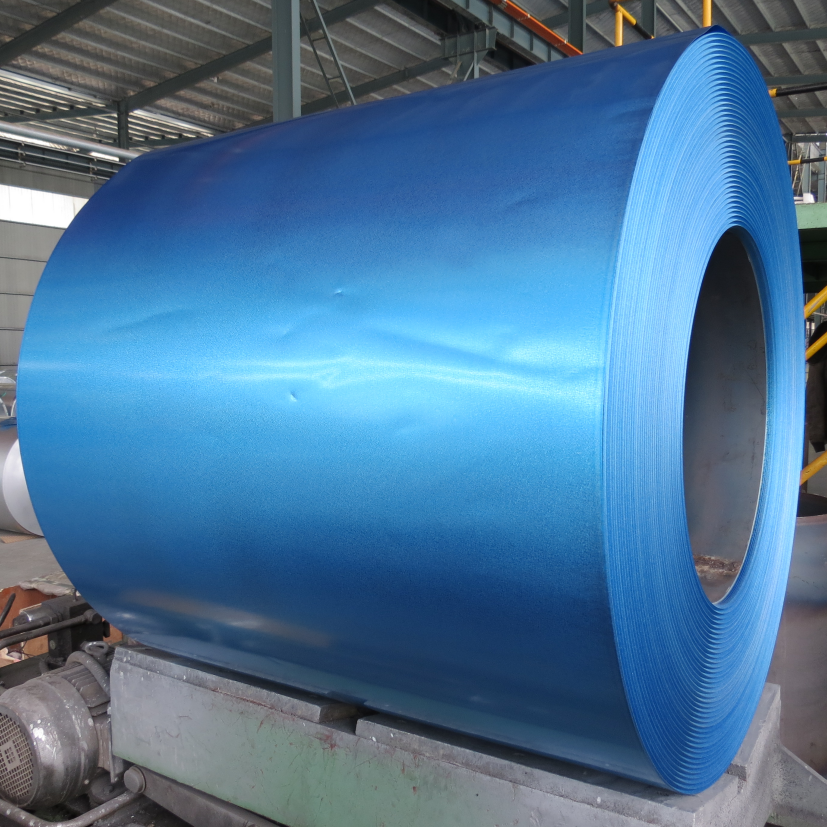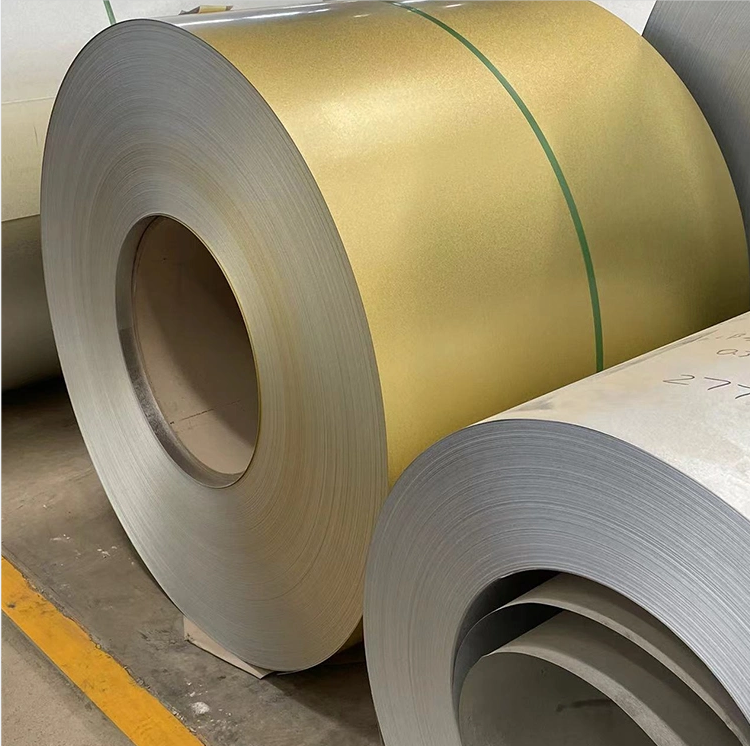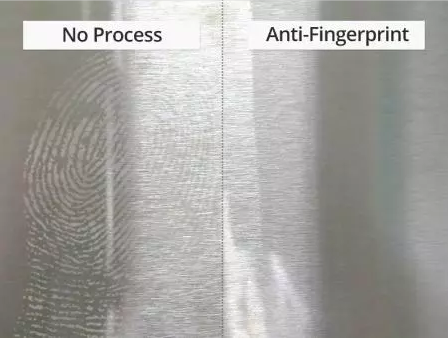The anti-fingerprint plate is a kind of composite coating plate obtained after anti-fingerprint treatment on the surface of the galvanized sheet. The surface of the anti-fingerprint steel plate is smooth and flat, and the tolerance is small. The anti-fingerprint treatment technology first used a coating containing hexavalent chromium. At home and abroad, the galvanized sheet is generally used for passivation treatment, and then an organic coating (fingerprint-resistant film) is applied on the passivation film to produce a fingerprint-resistant sheet.
Anti-fingerprint plate is a kind of composite coating plate obtained after anti-fingerprint treatment on the surface of galvanized sheet. Fingerprint-resistant steel is the earliest material to pass the environmental protection certification. It is named “fingerprint-resistant” because the surface will not leave fingerprints when touched with clean fingers. The surface of fingerprint-resistant steel is smooth and smooth, with small tolerances. The research and production of anti-fingerprint plates originated in Japan and entered commercial production in the early 1980s. The anti-fingerprint treatment was originally developed to meet the requirements of users in the field of home appliances. In the production process of home appliances, many parts are touched by workers many times due to the requirements of the process, and the sweat stains on the hands of the workers form pollution on the surface of the parts, which affects the appearance. Therefore, the anti-fingerprint board has been researched and developed.
1. The origin of anti-fingerprint board
The anti-fingerprint treatment was originally to meet the requirements of users in the field of home appliances. In the production process of home appliances, due to the needs of the process, many parts are touched by workers many times, and the sweat stains on the hands of the workers will form pollution on the surface of the parts, which will affect the appearance. Therefore, the anti-fingerprint board has been researched and developed.
2. Features of anti-fingerprint board
In addition to some special processes, anti-fingerprint treatment technology used coatings containing hexavalent chromium in the early stage. As environmental protection regulations become more and more stringent, hexavalent chromium technology is gradually replaced by trivalent chromium technology and chromium-free technology. Modern Chromium-free technology not only has the corrosion resistance of chromium-containing technology, but also has the versatility that chromium-containing technology does not have. Widely used in home appliances, electronics and construction markets.
3. Types of anti-fingerprint board
One is that after the galvanized sheet is passivated, an organic coating (fingerprint-resistant film) is applied on the passivation film, and the coating method is mainly roller coating.
The other is to add organic resin and colloidal silica to the galvanized passivation solution. After the galvanized steel strip passes through the passivation tank, a composite coating with corrosion resistance and fingerprint resistance is formed on the surface. The coating methods mainly include electrolytic coating and roller coating. At home and abroad, the first process is generally used to produce fingerprint-resistant boards.
Traditional anti-fingerprint panels basically use electro-galvanized panels as substrates. With the continuous improvement and development of hot-dip galvanizing technology and process, the surface quality of hot-dip galvanized sheet has reached a level comparable to that of electro-galvanized sheet, and hot-dip galvanized sheet is cheap and has better corrosion resistance, so it is Hot-dip galvanized sheet as anti-fingerprint substrate is gradually becoming the mainstream. In addition, in 2007, organic composite coating boards with multiple properties (such as fingerprint resistance, electrical conductivity, self-lubricating properties, coating properties, etc.), which can meet multiple requirements for use at the same time, are being developed rapidly.
4. Application of anti-fingerprint board
The main application of thin organic-coated steel sheets with fingerprint resistance is the inner and outer panels of various home appliances. Electro-galvanized anti-fingerprint plate is a high value-added product among cold-rolled products, which is widely used in office equipment, micro-motors, home appliances, computers and other industries.
Post time: Jun-21-2023

